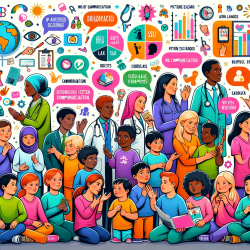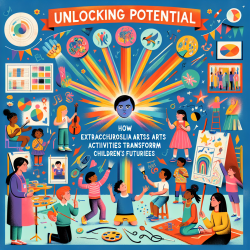Introduction
In the realm of pediatric healthcare, children with medical complexity (CMC) present unique challenges that necessitate a collaborative approach among healthcare providers, educators, and families. Effective communication is crucial to ensuring these children receive comprehensive and coordinated care. A recent study titled "Perspectives on team communication challenges in caring for children with medical complexity" provides valuable insights into the communication barriers and potential solutions faced by caregivers and healthcare professionals.
Understanding the Challenges
The study identifies three primary communication challenges in the care of CMC:
- Organizational Policy and Technology Systems Barriers: Antiquated communication systems and restrictive organizational policies hinder effective communication. For instance, reliance on fax machines and prohibitions on email and text communications due to privacy concerns lead to delays and inefficiencies.
- Inadequate Access to Health Information: Parents and healthcare providers often struggle to access comprehensive health records, resulting in fragmented care and delayed decision-making.
- Lack of Partnership in Care: Parents frequently feel excluded from the decision-making process, despite being experts on their child's needs. Similarly, community healthcare providers and teachers report feeling disconnected from hospital-based teams.
Proposed Solutions
The study suggests several strategies to overcome these challenges:
- Shared Systems Accessible in Real-Time: Implementing a unified communication platform that allows real-time access for all stakeholders can enhance coordination and reduce delays.
- Universal Access to Health Information: Ensuring that all care providers and families have access to a child's complete health records can facilitate informed decision-making and improve care continuity.
- Partnered Contribution to Care: Encouraging collaborative decision-making and recognizing parents as integral members of the care team can lead to more effective and personalized care plans.
Implications for Practice
For practitioners, adopting these strategies requires a shift towards more inclusive and transparent communication practices. By leveraging technology to facilitate real-time information sharing and actively involving parents in care decisions, healthcare providers can enhance the quality of care for CMC. Furthermore, ongoing research and development of patient-facing platforms can support these efforts by providing secure and efficient communication channels.
Conclusion
Improving communication in the care of CMC is not only a matter of convenience but a necessity for ensuring safe and effective healthcare delivery. By addressing the identified challenges and implementing the proposed solutions, practitioners can foster a more collaborative and responsive care environment. For those interested in delving deeper into this topic, I encourage you to read the original research paper, Perspectives on team communication challenges in caring for children with medical complexity.










